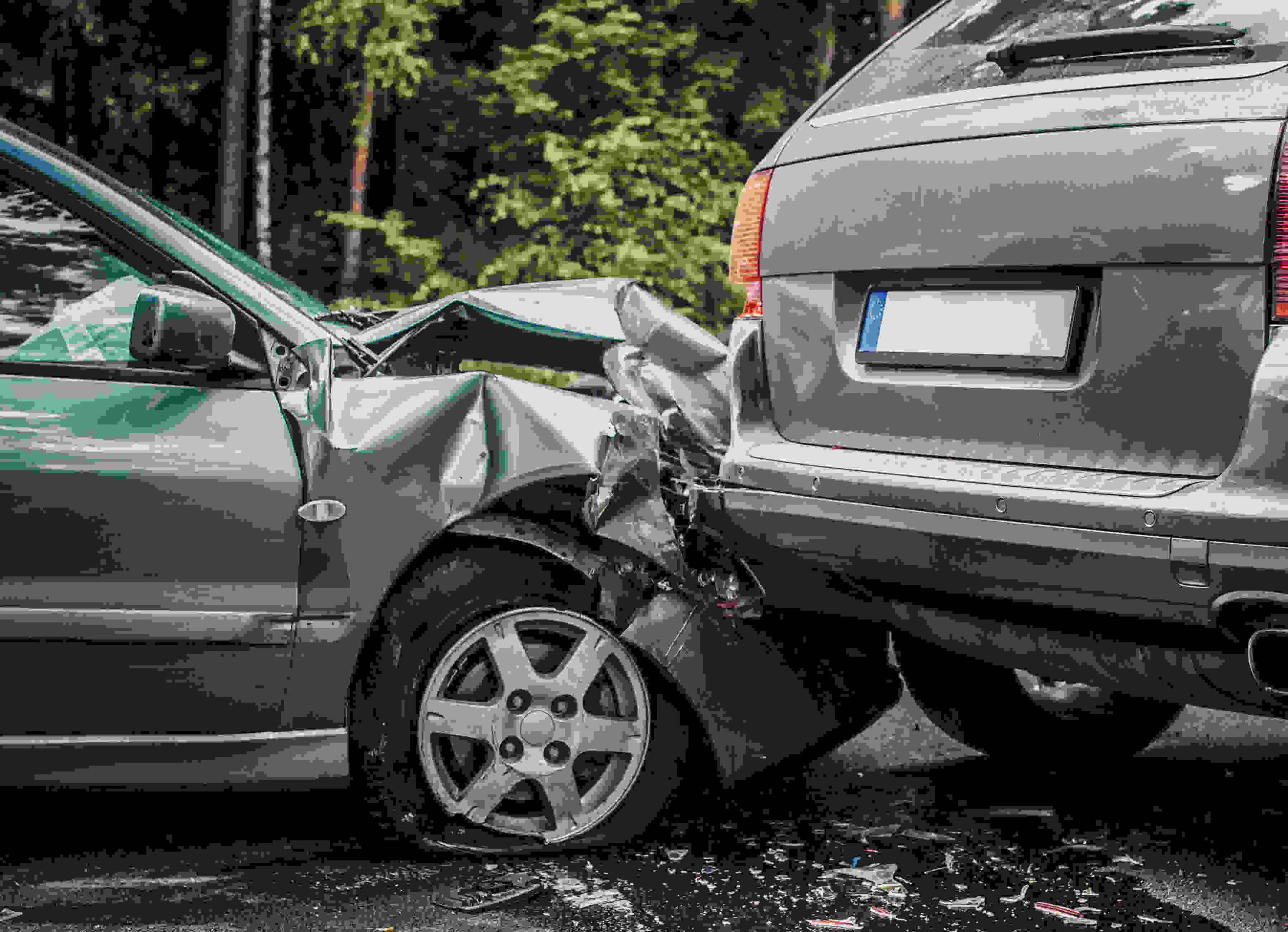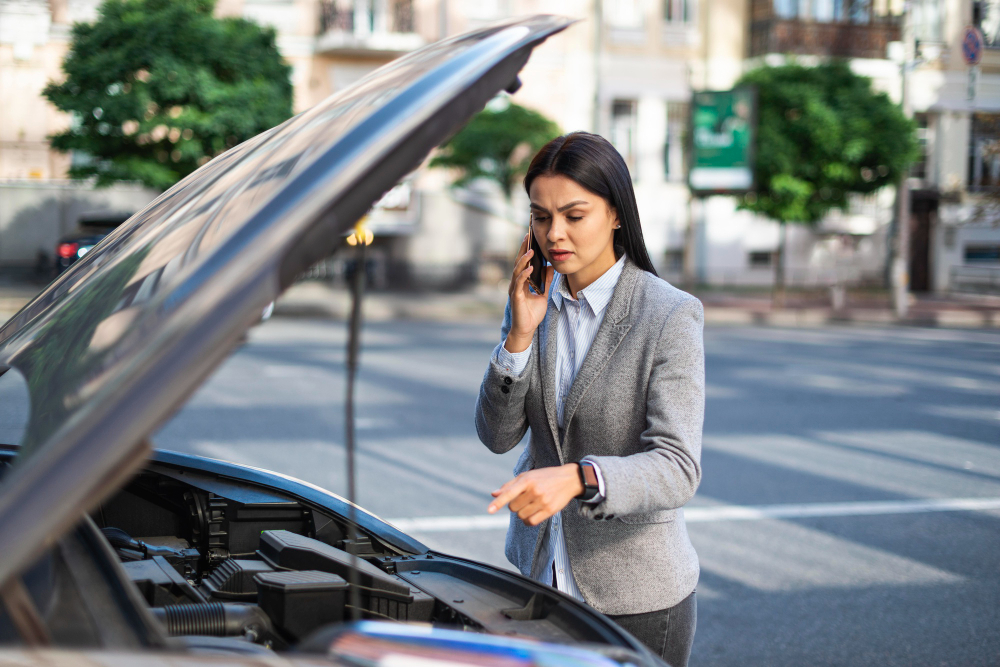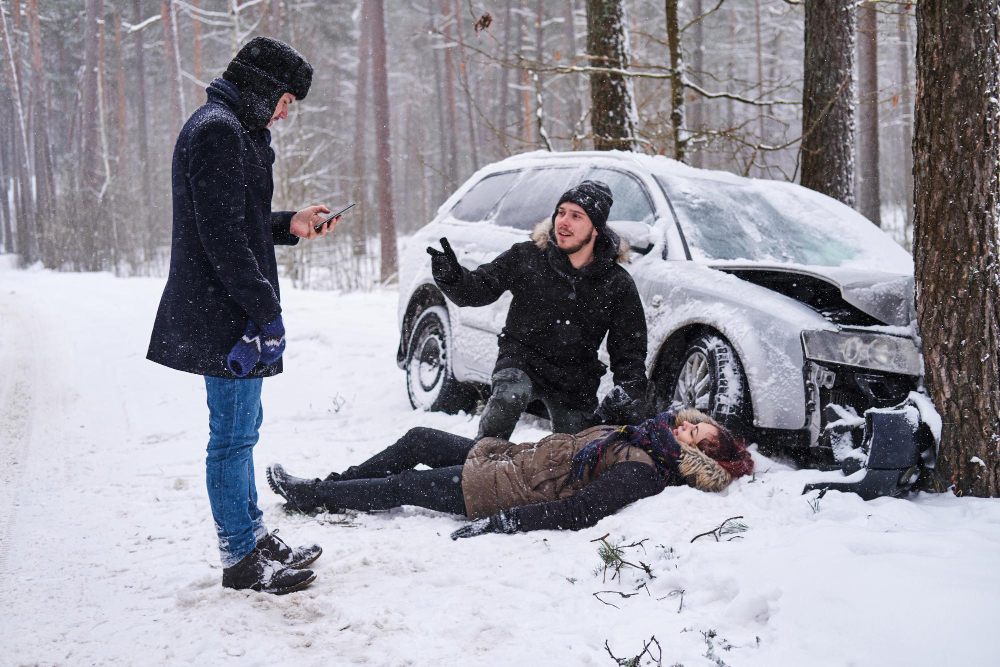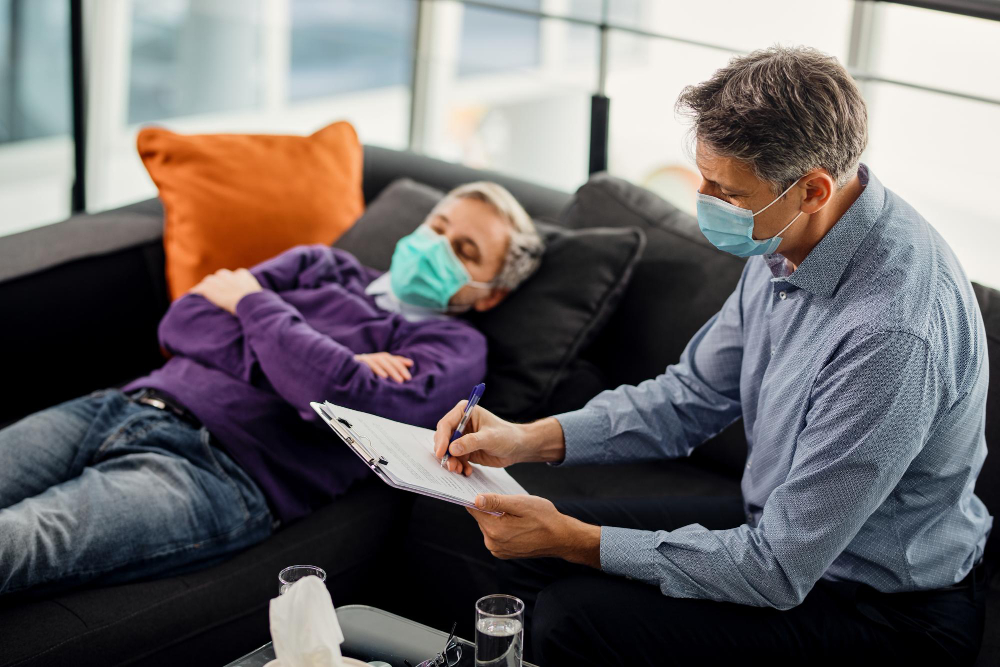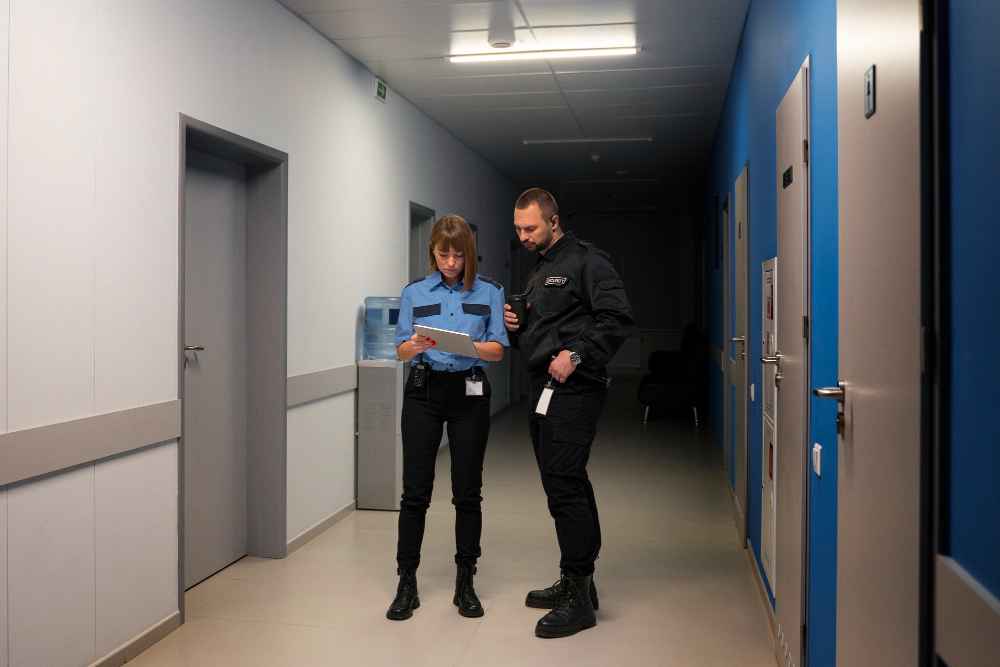Las Vegas is more than just the Strip—it’s a sprawling urban area with complex traffic patterns. Every year, the valley sees around 20,000 motor vehicle accidents, averaging about 55 crashes per day. In this post, we’ll explore the most dangerous intersections, highways, and zones, share why accidents cluster there, and highlight helpful internal resources.
Top Crash Hotspots
Dangerous Intersections
· Rainbow Blvd & Flamingo Rd tops the chart with 26 crashes reported in early 2025.
· Sahara Ave & Eastern Ave followed closely with 24 collisions in the same timeframe.
· Other consistently hazardous intersections include Sahara Ave & Decatur Blvd, with reports of 91 crashes in one year.
Busy Freeway Interchanges
· The Spaghetti Bowl (Interstate 15/US 95/US 93 interchange) handles over 300,000 vehicles daily and is a known high‑risk zone due to weaving and merging traffic.
· I 215 Las Vegas Beltway segments near major access points, including airport connectors and Charleston Blvd, also see elevated crash rates.
Around the Strip & Casino Areas
· Casinos attract volumes of rental vehicles, ride-share traffic, and pedestrians. One study found 1,123 crashes near MGM Grand, with other properties like the Bellagio and Caesars also reporting hundreds of incidents.
Historical Trends
Crash statistics have steadily increased over the past decade, particularly in areas with an expanding population and tourism. In 2015, Clark County reported fewer than 15,000 accidents annually. A decade later, the number has jumped by over 30%. This aligns with urban development along the beltway and continued economic growth, attracting more drivers.
Pedestrian & Cyclist Danger Zones
Areas like the Fremont Street Experience, Las Vegas Blvd near The Strat, and the UNLV campus report high pedestrian injury rates. These zones are walkable but poorly lit or lack adequate signage. Distracted walking and jaywalking compound the danger.
Why Do These Areas See More Crashes?
· High traffic density: The Strip, downtown, and casino zones attract heavy flows day and night.
· Complex road design: Interchanges like the Spaghetti Bowl and beltway ramps create merging conflicts.
· Tourist behavior: Visitors unfamiliar with local roads, combined with rental cars and ride shares, raise the odds of error.
· Peak hours/weekends: Late afternoon or evening rush—often Fridays—and tourist weekend surges amplify risk.
· DUI incidents: Las Vegas is known for nightlife, and alcohol-related crashes remain a top concern despite DUI enforcement campaigns.
· Distracted driving: Phones, in-car screens, and GPS use are significant contributors to inattentiveness.
Safety Tips for Drivers & Tourists
· Slow down around high‑density zones like casino exits and hotel turn‑offs.
· Plan routes around known hotspots—avoiding peak times on interchanges like Flamingo/Rainbow or Sahara/Eastern.
· Stay alert near pedestrian-heavy sites such as the Fremont Street Experience or along the Strip—especially at night.
· Avoid distractions, including phone use while driving.
· Do not drive under the influence; use ride-shares or public transport instead.
· For more information on what to do after a crash, see Ace Lakhani’s Car Accident Guide below.
Local Resources & Internal Links
· Learn more about filing a personal injury claim after a crash: Car Accident Claims Help
· Need direction on insurance coverage and next steps? See: Post-Accident Checklist
· Looking for legal support in high-priority crash zones? Visit: Las Vegas Injury Representation
FAQs About Las Vegas Accidents
Q1: What time of day do most accidents occur in Las Vegas?
A: Late afternoons (4–7 PM) and weekends, especially Friday evenings, see the highest volume of collisions due to rush hour and tourism traffic.
Q2: Are tourists more likely to be involved in accidents?
A: Yes. Tourists unfamiliar with local traffic rules, combined with rental vehicles and alcohol consumption, increase accident likelihood.
Q3: Which road is considered the most dangerous in Las Vegas?
A: Las Vegas Boulevard and intersections along Sahara Ave are among the most dangerous due to pedestrian traffic and congestion.
Q4: What should I do if I get into an accident while visiting?
A: Ensure everyone’s safety, call 911, document the scene, exchange info, and contact a local attorney. Start here.
Q5: Can I file a personal injury claim if I was a pedestrian?
A: Absolutely. Pedestrians injured due to a driver’s negligence have strong grounds for a personal injury claim. Learn more.
If you or a loved one have been involved in a car accident in Las Vegas, don’t wait. Let our experienced legal team at Ace Lakhani Law Firm help you understand your rights and fight for the compensation you deserve. Schedule your free consultation today →

